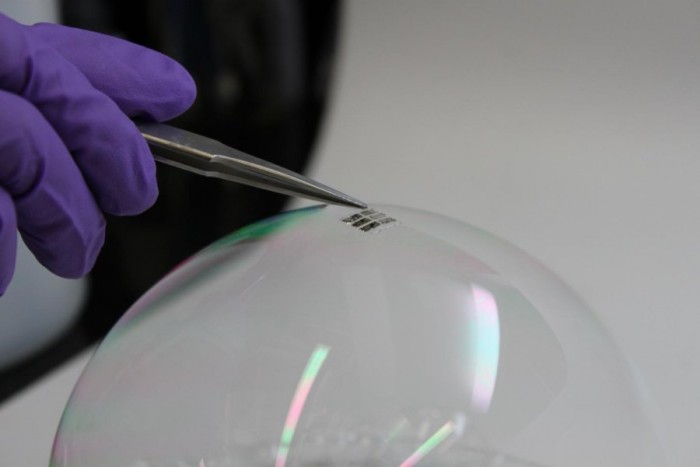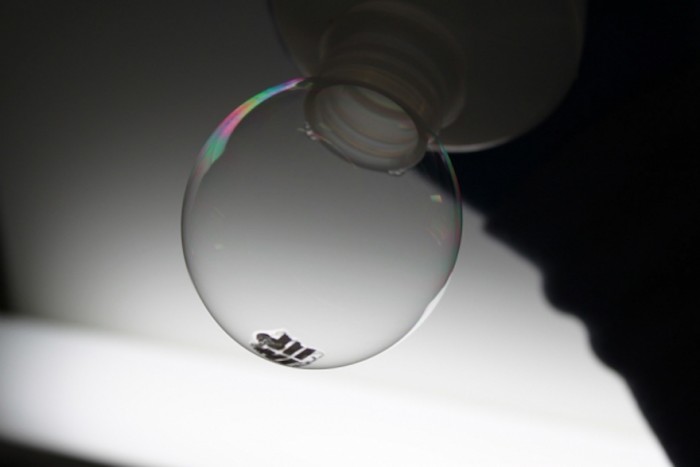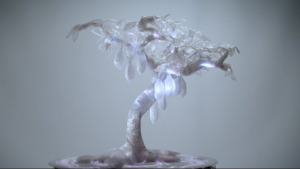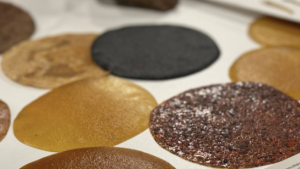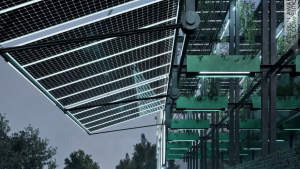Researchers at the Massachusetts Institute of Technology (MIT) have created the thinnest, lightest solar cells ever produced. Though it won’t be available commercially for years, the solar cell is so lightweight and flexible that they could be placed on almost any material or surface, including your hat, shirt or smartphone, or even a sheet of paper or helium balloon.
"It could be so light that you don't even know it's there, on your shirt or on your notebook," MIT professor Vladimir Bulovic. "These cells could simply be an add-on to existing structures."
The laboratory's proof of concept experiment revealed a new approach to making solar cells that could help power the next generation of portable electronic devices. Bulovic, research scientist Annie Wang, and doctoral student Joel Jean described the process in the journal Organic Electronics.
Bulovic says the new approach makes the solar cell, the substrate that supports it, and its protective overcoating, at the same time. The simultaneous development means the substrate is never handled, cleaned or removed from the vacuum during its creation, limiting opportunities for contamination.
As part of the proof of concept experiment, the team used a flexible polymer called parylene as the substrate and protective overcoating. They used an organic material called DBP as the primary light-absorbing layer. Unlike conventional solar manufacturing, the entire process takes place in a vacuum chamber at room temperature without the use of any harsh chemicals.
The researchers stress that the materials used in the process could be replaced and that the all-in-one process is the real breakthrough. "We put our carrier in a vacuum system, then we deposit everything else on top of it, and then peel the whole thing off," explains Wang.
To demonstrate just how thin and lightweight the cells are, the researchers draped a working cell on top of a soap bubble, without popping the bubble. The ultra-thin solar cell is not especially efficient because of its light weight, but its power-to-weight ratio is among the highest ever achieved.
"We have a proof-of-concept that works," Bulovic says. The next question is, "How many miracles does it take to make it scalable? We think it's a lot of hard work ahead, but likely no miracles needed."

